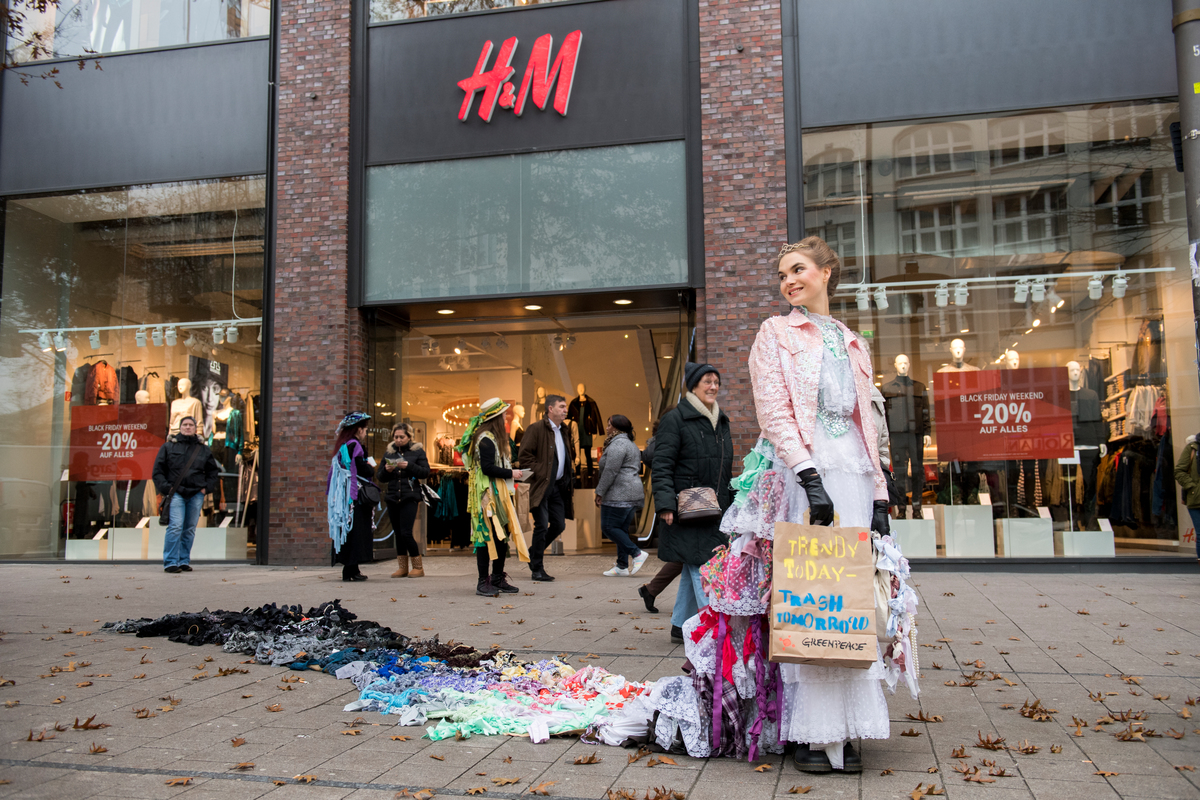What Is Fast Fashion?
Fast fashion can be described as cheap, trendy clothing that samples ideas from the catwalk turns them into garments in high street stores at breakneck speed to meet customer interest. The expression “fast fashion” has become a buzz phrase recently, yet what does Fast fashion imply?
Fast fashion became common because of cheaper clothing, an increase in the appetite for stylish, fashionable clothing, and increased purchasing power. Because of all this, fast fashion is challenging new Fast fashion lines offered on an annual basis by traditional fashion houses. It’s not unusual for fast-fashion retailers to introduce new products many times in one week to stay on-trend.
It works into the idea that outfit replicating is a fashion faux pas, and that if you want to stay relevant, you have to sport the latest looks as they happen. It forms a critical part of the toxic system of overproduction and consumption that has made Fast fashion one of the world’s largest polluters. Before we can go about improving it, let’s take a look at history.
Is Fast Fashion Looks Excellent on You?
“Fast Fashion” is a term utilized by style merchants to describe economical designs that move quickly from the catwalk to stores to satisfy brand-new fads. As a result of this fad, the custom of presenting brand-new style lines on a seasonal basis is being tested.

Today, it is not uncommon for Fast Fashion merchants to introduce new products numerous times in a solitary week to stay on-trend. Fast Fashion uses pattern duplication, fast manufacturing, and low-quality materials to bring affordable designs to the public. Regrettably, this causes dangerous effects on the environment, human wellness, and, eventually, our wallets.
Trendy Brands Replication And Rapid Production Demands
Nowadays, Fast Fashion brand names create concerning 52 “micro-seasons” a year. This means at the very least one new “collection” each week. According to writer Elizabeth Cline, the ever-popular Zara began the trend by changing bi-weekly distributions of brand-new goods back in the very early aughts.
Most of the firms that fall under the rapid fashion group are presently reproducing street-wear and style week fads as they show up in real-time. This indicates the preparation can commonly be less than several weeks. By creating new, preferable styles weekly, these brand names can develop massive quantities of clothes and ensure that the consumer never tires their store’s inventory.
Fast Fashion Low Quality And Even Lower Costs
With the enhanced price of manufacturing, some edges have been indeed cut. For that stylish bombing plane coat to arrive on the Forever21 shop floor before it’s considered too late, there are some consequences. Because clothing is made in such a Fast Fashion, brand names are marketing badly low-grade merchandise.
There isn’t sufficient time for appropriate quality assurance or a tee shirt with the right amount of buttons when there is such seriousness from the brand to get apparel to their group of consumers. The Fast Fashion manufacturing procedure leaves a great deal to be wanted, and items are frequently thrown away after no more than a few wears. Each swiftly created garment isn’t developed to last and also is made to appear as ‘very easy come, easy go’ as possible.
The Advantages of Fast Fashion
Fast fashion is a benefit for retailers because new products’ constant introduction supports customers to frequent stores more often, making more purchases. The speed at which fast fashion moves tends to help retailers avoid markdowns, which cut into edges.

The company does not provide its stock—instead, it replaces items that sell out new items. Thus, consumers know to purchase an item they like when they see it no matter the price because it’s not possible to be available for long.
Fast fashion is useful for big profits, significantly if a retailer can jump on a trend before the competition. And if there are any losses, fashion retailers can resume quickly by starting a new clothing line or product. And because the clothing is cheap, it’s simple to get consumers back into stores to purchase the new clothing and the latest fashions.
Environmental & Labour Impacts:
Every one of the elements of quick fashion- fad duplication, fast production, low quality, affordable pricing– amounts to significantly influencing the environment and individuals associated with its manufacturing. The environmental damages, which the fashion industry remains to develop, remain mainly due to rapid style.

Annually, the clothes thrown away totals up to about 11 million loads in the United States alone. These garments, filled with lead, chemicals, and countless other chemicals, rarely ever break down and invest their life launching these toxic chemicals airborne. Quick fashion’s carbon impact is providing huge markets like air travel as well as oil a “run for their cash.”.
Along with the effects fast style has on our earth, these processes impact the humans who wear them and the human beings that make them. Some garments and devices even have hazardous quantities of lead in them, and direct exposure to lead boosts one’s risk of infertility, cardiac arrest, and more. Skin is the largest organ of the body, and placing these poorly made things on it is dangerous all on its own. This threat grows in factories, towns, and houses, which are used to generate these items.
A garment worker’s wellness is frequently being jeopardized with their lengthy hours, absence of sources, exposure to damaging chemicals, and often physical misuse. Individuals who make fast-style clothing have been verified to be underpaid, underfed, and pressed to their restrictions since there are typically a couple of other choices.
The Rise-Up of Slow Fashion Trends
Although the garment industry is guilty of devoting numerous crimes versus people as well as the atmosphere, it is most apparent when it involves fast style. Sluggish style is an activity in the direction of mindful manufacturing, fair labor legal rights, all-natural materials, and enduring garments.
The conscious style indicates there are brands, areas, and people fighting for the safety and security of our earth and fellow people. Getting a garment from a liable brand name guarantees that you have firm over your unique design, are getting a high-quality item, and protect those that need it most.

